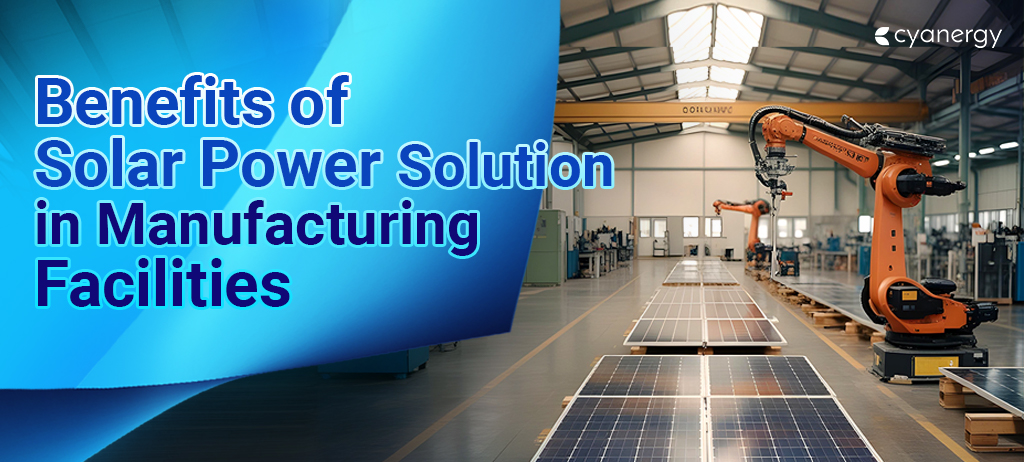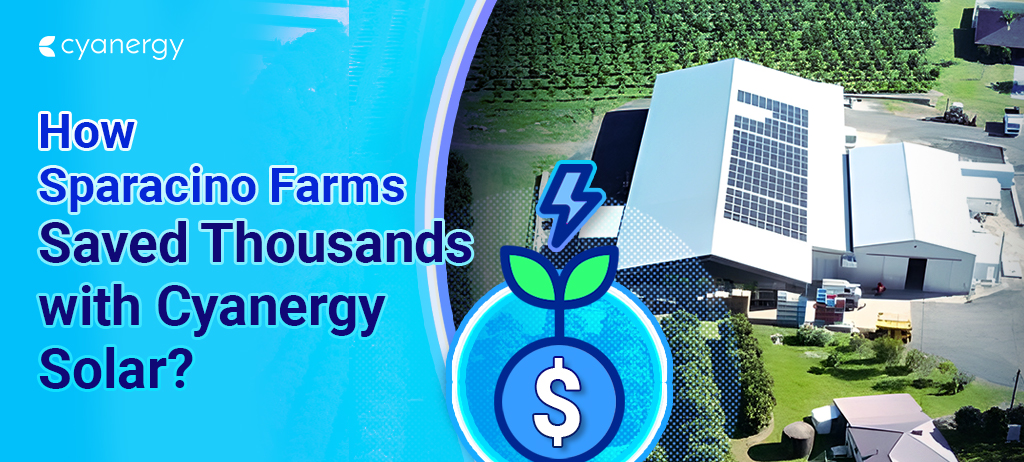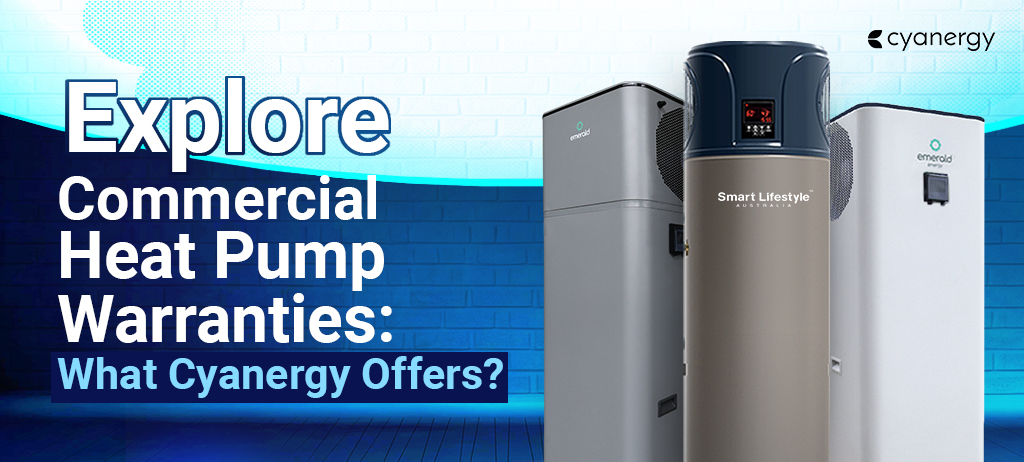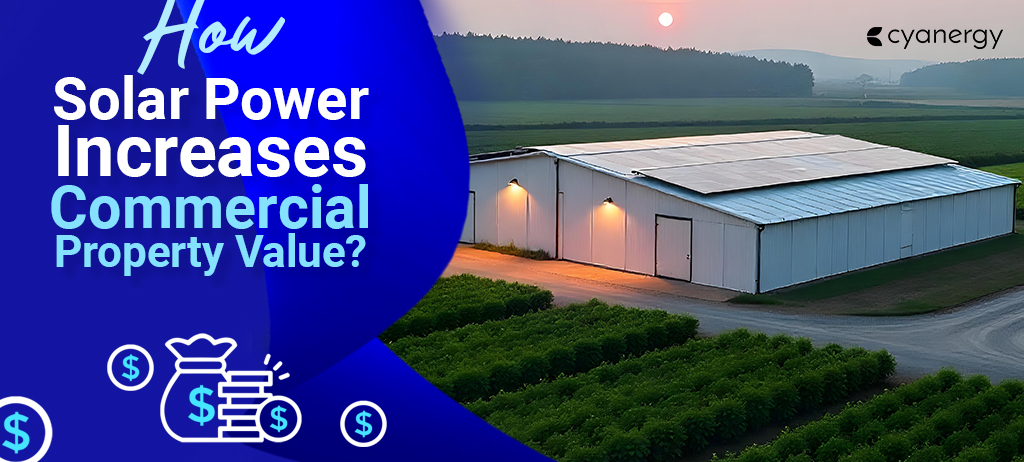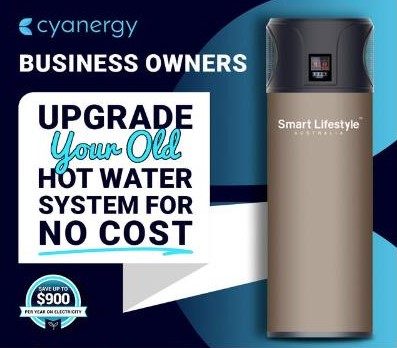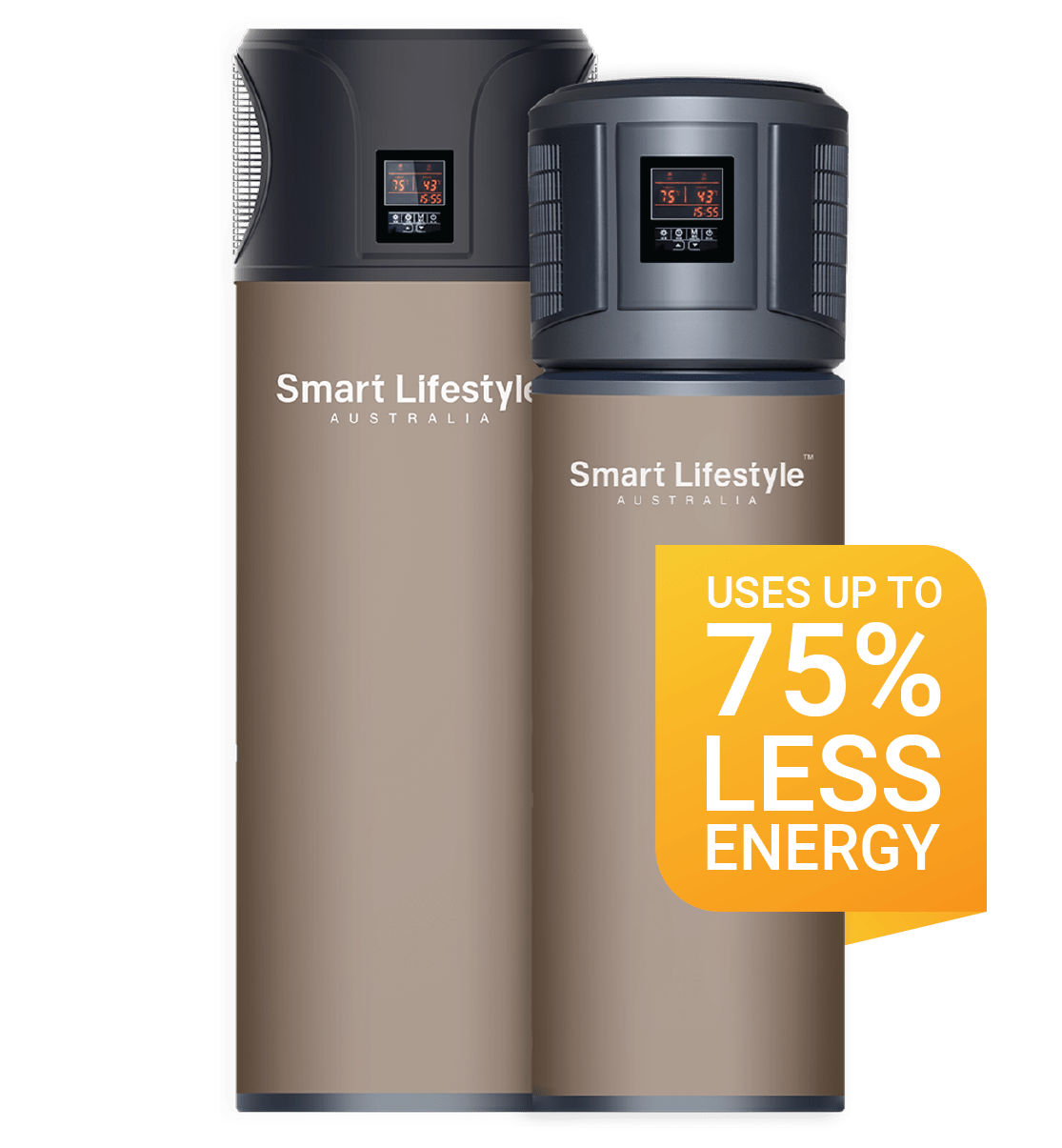Did you know you could increase your solar panel’s efficiency without spending even a dollar?
Installing solar panels is a smart investment. It provides clean, renewable energy, lower power bills, and a reduced carbon footprint. But if you want your panels to keep performing at their best, there’s one thing you can’t skip: cleaning.
Researchers found that cleaning your solar panels could increase their efficiency by 15% to 20%!
Cleaning your rooftop PV will significantly boost your energy production and let you enjoy the power of the sun, maximizing your panel’s abilities. The best part is you can do it by yourself!
If you opt to have your solar panels cleaned by professionals, it will certainly save you the time and effort of doing it yourself. However, this task is significantly more straightforward, so hiring professionals isn’t always necessary.
Want more details on how to clean solar panels on a roof?
This DIY guide will walk you through everything you need to know about cleaning and maintaining your solar panels safely, efficiently, and effectively, all by yourself.
So, let’s get started!
In this blog post:
- Why Do We Need to Clean Solar Panels?
- Are Your Panels Dirty? | 6 Signs Your Solar Panels Need Cleaning
- DIY Solar Panel Cleaning: Must-Have Tools & Safety Tips!
- Step-by-Step Guide to Cleaning Solar Panels Safely on Your Roof
- How Often Should You Clean Solar Panels in Australia?
- Does Rain Really Clean Solar Panels? Find out!
- Common Mistakes to Avoid While Cleaning Solar Panels
- Additional Tips for Long-Term Solar Panel Care
- Looking for a Professional? Contact Cyanergy Today!
Why Do We Need to Clean Solar Panels?
Yes, in Australia’s diverse climate, we must clean solar panels periodically to maintain efficiency and energy output.
Dust, dirt, bird droppings, leaves, pollution and salt, especially in coastal or rural areas, can easily accumulate on the panels, blocking sunlight and reducing their performance.
Therefore, in Australia’s dry weather and frequent dust storms in some regions, regular cleaning helps ensure that solar panels operate at peak efficiency, maximizing return on investment and supporting consistent renewable energy generation.
So, if your solar panels are losing power silently, besides several other causes, dust could be one of the reasons for low efficiency and energy production.
Are Your Panels Dirty? | 6 Signs Your Solar Panels Need Cleaning

While solar panels typically require little to zero maintenance, there are certain warning signs that indicate they need cleaning. Ignoring these signs can lead to reduced efficiency and even early panel failure.
Here we’ve jotted down 6 common signs that can hamper your solar panel in Australia:
- Reduced Energy Production
If you notice a drop in your solar system’s energy output despite sunny weather, it could indicate that dirt, dust, or debris is blocking sunlight from reaching the panels. - Visible Dirt and Debris
While standing on the ground, you can see grime or bird droppings on the panels. Therefore, look for visible dust particles, dirt, leaves, or other debris on the solar panels. - Stains and Discoloration
Any discoloration or stains on the solar panels, especially after a period of rain or heavy pollution, might clearly indicate that it’s time to clean them. - Increased Insect or Pest Activity
An increase in insects or pests around your solar panels means they are attracted to the accumulated dirt, pollen, or other organic matter on the panels. - Panels Installed at a Flat or Low Angle
Solar panel mounting styles can significantly affect their efficiency. For example, panels installed with minimal tilt may not be effectively cleaned by rainfall and require more frequent cleaning. - Monitoring Your System’s Output
If you have a monitoring system for your solar panels, you can track their performance and look for any signs of reduced energy output that may indicate a need for cleaning.
DIY Solar Panel Cleaning: Must-Have Tools & Safety Tips!
Many homeowners in Australia prefer DIY solar panel cleaning over professional help. But if you are planning to tackle the task yourself, you might need some essential tools and safety precautions for a successful DIY clean-up!
So, here is the equipment checklist for DIY solar panel cleaning:
- Soft brush or squeegee with a long extendable handle
- Garden hose with spray nozzle
- A bucket with lukewarm water
- Mild, non-abrasive soap
- Microfiber cloth or soft sponge
- Safety gear: harness, ladder, rubber-soled shoes
However, even though they are optional, you can use a leaf blower for light dirt and debris and deionized water for the spotless rinse.
Safety First! Read This Before You Climb
Before choosing a self-cleaning method for your solar panel, think twice. Why?
Well, initially, the roof may seem harmless, just a few short steps above the ground, but a single misstep can become a deadly drop.
One slip, one moment of distraction, and your world could change forever!
Roofs are deceptive, offering a false sense of safety and security. That’s why you must wear a safety harness. Remember, cleaning solar panels involves working at heights, so don’t take shortcuts on safety.
You should also consider the following precautions and safety measures:
- Check the weather conditions: For cleaning solar panels, avoid windy, rainy, or especially hot days, as solar panels get hot in the sun.
- Turn off the system: Before cleaning, check your inverter or manufacturer guidelines on how to shut off your solar setup safely.
- Use a strong, stable ladder: Even if you anchor your ladder properly, have someone spot you if possible. Double-check that somebody is there to assist you in case of an emergency.
- Use a harness or roof anchor: If you’re not experienced with roof work, consider hiring a professional to help with any of your solar needs.
Step-by-Step Guide to Cleaning Solar Panels Safely on Your Roof
Cleaning your solar panels is a simple but important task, and it should always start with safety. From ensuring safety concerns to using the right tools and proper care, every solar panel cleaning follows a stepwise process.
Once you’re on the roof, inspect the panels to see what needs cleaning: dirt, dust, or bird droppings.
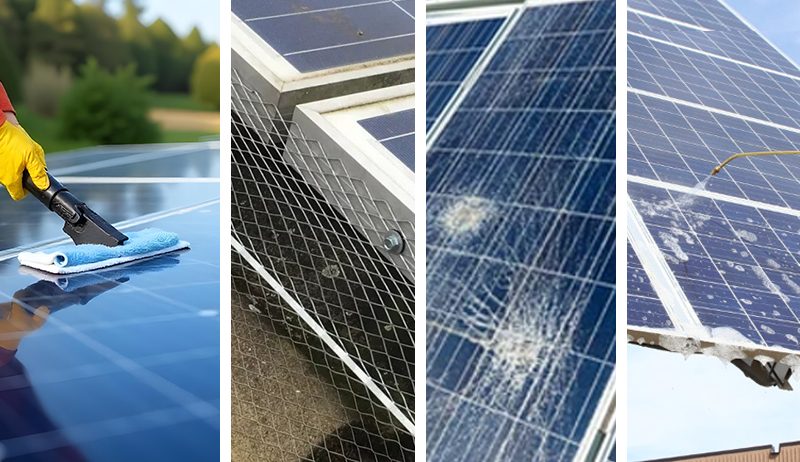
Step 1: Shut Down the Entire System
Some may argue that it is not necessary to shut off the entire system, but it’s better to be safe.
However, the safest course of action is to switch off the entire system, which requires isolating the panels for the time being.
This will ultimately prevent even the small chances of a short circuit, which could otherwise lead to a house fire.
Step 2: Fasten Your Safety Harness
Please make sure you are safe when you go up the roof. It is an essential step in the process. You can also wear helmets, gloves or glasses to protect yourself from the heat burns during summer cleaning.
Even though it’s residential solar, it’s of the utmost importance that you ensure your safety first.
Step 3: Choose a Cooler Day or Early Morning
As you might already know, solar panels have a layer of glass protecting them from dirt, grime, scratches, etc.
A hot sunny day may make the glass layer very hot to the point that a splash of colder water could crack it.
Also, a scorching hot day is not ideal as you will be on the roof, closer to the sun.
Step 4: Start by Brushing Off Loose Dust & Debris
Step 5: Rinse with Lukewarm Water
Use a garden hose to gently spray the panels from the ground if possible. This helps remove dust and cools the surface before scrubbing with cleaning agents.
Here’s a pro tip!
Try to clean the panels in the early morning or late afternoon. Because at that time, the panels remain cooler, so water will not evaporate too fast.
Step 6: Use a Soft Bristle Brush
Gently scrub with a soft bristle brush to loosen up the dirt and spray it down with water. Do not use too much pressure while scrubbing; remember that solar panels are sensitive.
There are many types of brushes on the market that are created meticulously for cleaning solar panels.
Some brushes have rotating heads with an integrated water supply channel, and some are just plain brushes. You can choose any brush; just make sure they have soft bristles.
Step 7: Scrub Gently with Soapy Water or Mild Cleaning Agent
Using a cleaning agent during the cleaning process is not always necessary. You can use or skip them entirely, depending on how dirty your panels are.
Mostly only the brush and water seem sufficient, but in some cases, a cleaning agent is required.
Mix warm water with a few drops of mild dish soap in a bucket. Dip your microfiber cloth, sponge, or soft brush in the water and gently clean the surface.
Do not scrub hard or use any scratchy material; solar panels have a protective coating that can be damaged.
Step 8: Rinse and Dry the Panel
Rinse the panels again with plain water. If you want a flawless finish, use deionized water. Otherwise, let them air dry or use a soft squeegee to wipe off excess water.
And that is how it is done!
How Often Should You Clean Solar Panels in Australia?
Well, the answer to this question depends on many external factors, such as where you are located, at which angle you have your solar panels mounted, the positioning of your house, how often it rains in your area, etc.
However, here you have a general guideline for better insights:
| Surrounding Environment | Cleaning Frequency |
|---|---|
| Urban, Smoggy Area with more pollution | Every 3 to 4 months |
| An area rich in plants, trees, birds and wildlife. | Every 2 to 3 months |
| A rural area with frequent rainfall | Twice a year |
| Desert or Dusty area | Every Month |
Does Rain Really Clean Solar Panels? Find out!
Many people assume that rainwater alone can completely clean solar panels. While it’s true that rain can rinse off loose dust and dirt, it doesn’t remove tougher residues like baked-on bird droppings, pollution buildup, or sticky pollen.
However, in regions with frequent rain or storms, panels may stay cleaner for longer, but inspecting them a few times a year is still wise to ensure they work efficiently.
For safe and thorough DIY panel cleaning, follow Cyanergy’s step-by-step guide. You can also talk with our expert for any professional help on panel or battery storage installation.
Common Mistakes to Avoid While Cleaning Solar Panels
Even solar experts and experienced users can make simple yet costly mistakes while cleaning solar panels.
But with proper knowledge and understanding, what to avoid can help protect your panels and maintain their efficiency.
Here are some common solar panel cleaning errors to watch out for:
- Using harsh chemical materials can degrade your panels and void warranties.
- Scrubbing with rough tools causes microcracks and scratches, reducing light absorption and the panel’s efficiency.
- Cleaning panels on a scorching summer day while the panels are hot can crack the glass due to rapid cooling.
- Walking on panels must be avoided. They’re not designed to hold your weight and can crack at any time.
- Forgetting to shut down the system can cause unexpected short circuits, as water and electricity are not a good mix. So be aware of it!
So, avoid these common problems of solar panels while cleaning and ensure a long-lasting solar experience.
Additional Tips for Long-Term Solar Panel Care
A few proactive steps can make a big difference in minimizing cleaning needs and ensuring your solar panels continue performing at their best.
For example, installing mesh nets helps prevent birds or rodents from nesting underneath the panels, which can cause damage over time.
Moreover, trimming overhanging branches periodically not only reduces shade that may block sunlight but also limits the amount of debris that falls onto the panels.
You can also:
- Monitor performance regularly to catch problems early.
- Invest in a cleaning kit with extendable handles and soft brushes.
- Keep the log for each cleaning with a photo while power checking to track efficiency.
- In hot climates, ensure panels have adequate airflow to reduce overheating and damage.
- In snowy areas, clear heavy snow carefully to avoid long-term shading.
- Ensure your insurance covers all solar panel damage.
- Know what your manufacturer and installers provide in detail. Solar panel warranties typically cover 20–25 years.
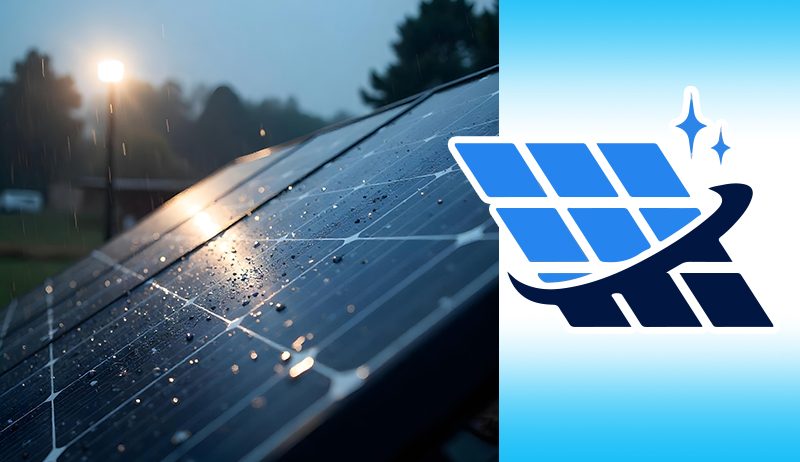
Looking for a Professional? Contact Cyanergy Today!
By now, you already know that keeping your solar panels clean is essential for maximizing their efficiency and lifespan.
However, Cyanergy is a proudly Australian-owned and operated company with over a decade of experience in the renewable power and energy efficiency sectors.
Our solutions and services have been thoughtfully developed to address the real challenges that our customers face.
By understanding the impact of rising energy costs and the urgent need for environmental preservation, we’ve created opportunities to drive meaningful change for our clients and the planet’s future.
So, contact Cyanergy today without further ado and enjoy our reliable, professional service!
